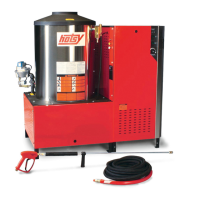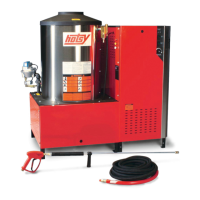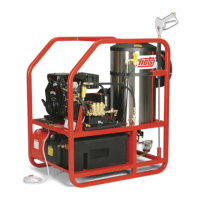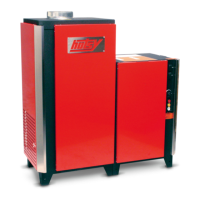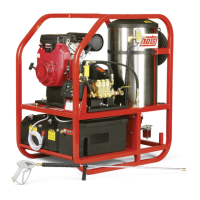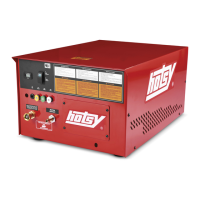WARNING:
This product and accessories may contain a chemical known to the
State of California to cause cancer and birth defects or other
reproductive harm.
For more information about this regulation: www.P65Warnings.ca.gov
9.808-037.0-A 05/10/18
1800/5700/5800 Series - Electric
Gas Fired - Hot Water
Operator’s Manual
Stationary Pressure Washer
HO
N
E
Y
W
EL
L
L
O
H
I
CHAUD!
CH
A
UD!
MODELS:
1812SS
1.109-660.0
1832SS-208
1.109-661.0
1832SS
1.109-662.0
1835SS
1.109-663.0
1836SS
1.109-664.0
5732SS-208
1.109-654.0
5732SS
1.109-655.0
5735SS
1.109-656.0
5736SS
1.109-657.0
5832SS-208
1.109-650.0
5832SS
1.109-651.0
5835SS
1.109-652.0
5836SS
1.109-653.0
For the Hotsy Dealer nearest you,
consult our web page at
www.hotsy.com
